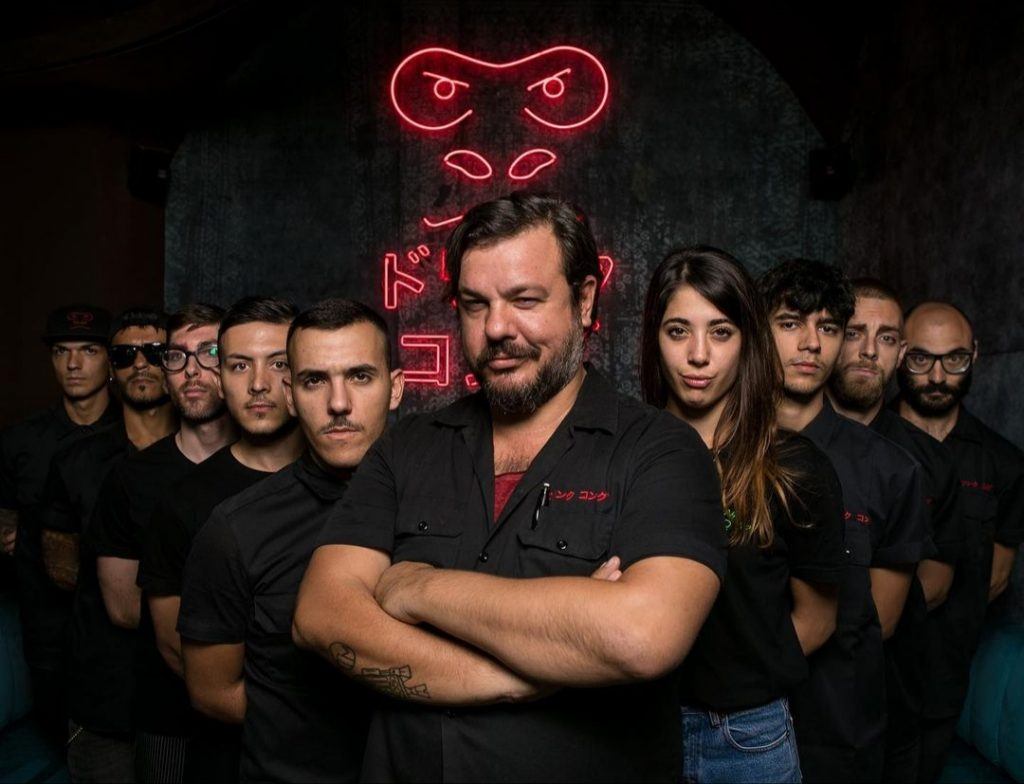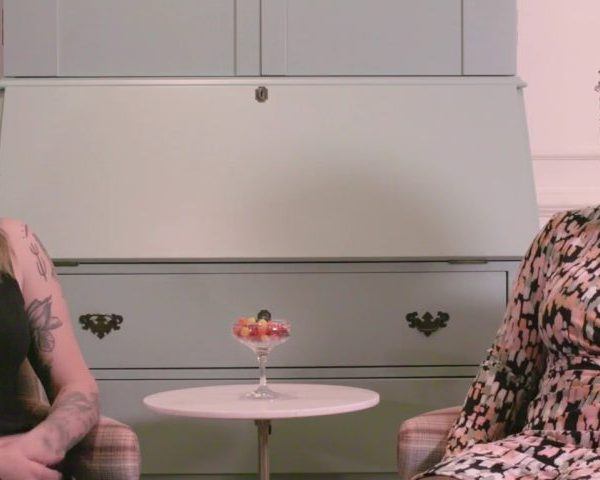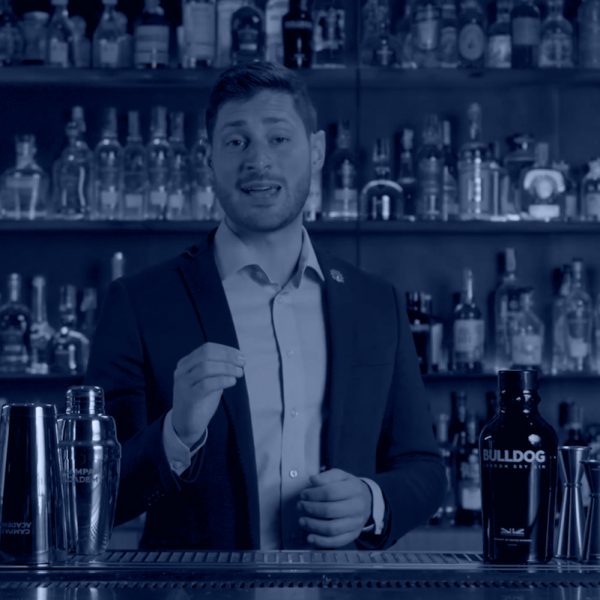10 Ways Instagram Can Improve Your Bar Business

Nowadays, a solid social media presence has become a key asset to a venue’s business strategy. However, you’ll still regularly hear it played down, with people often remarking on how easy it can be (“Oh, a few posts on Instagram, how hard can it be?”). But investing time or money in a high-quality social presence can play a big part in increasing your customer appeal, making it essential for maximising your revenue.
Mind you, it’s not just about generating hype or posting some studio-shot pictures of glasses and drinks – the perception of social media, especially Instagram, has dramatically changed in the past 10 years or so. “It’s definitely being taken more and more seriously,” says Helen Glaberson, head of social for LX PR, who has worked with the likes of Pan Pacific London, Mr Lyan and Bonomy Group on their social accounts and strategy. “Nowadays, your Instagram page as a venue or brand is the new webpage, it’s where people visit first to find out more about you.”
For Thirsty Media (and Thirsty Magazine) CEO and co-founder, Tara Fougner, social media can also offer more opportunities in the bar industry. “It allows for wider access to education, networking, sharing of resources, connections, identifying business opportunities, spotting trends, finding new creators and staying up-to-date on news and events in the industry,” she comments. “Using social media effectively for personal and professional development can help us all move the industry forward in a positive, more equitable direction.”
So, with that in mind, here are a few hints on how to properly approach one of the leading platforms out there: Instagram.
1 – UNDERSTAND THE IMPORTANCE OF SOCIAL MEDIA
While an online presence is not something you must include in your professional life, it can help you expand your horizons. As Natalie Migliarini, author of Beautiful Booze and Instagram drinks personality, advises: “I don’t think [Instagram] is essential for a bartender to be appreciated for the work that they do on a local level, but if a bartender is looking to hit a national or global stage it is recommended. Most businesses and brands have a presence on social media so it’s a great way to connect with others in the industry.” Migliarini also highlights the importance of social media as some sort of megaphone for the industry, being “able to bring awareness to what’s happening… on a global and community level, as well as serve as a platform for sharing information globally.” Fougner also points out that Instagram can be akin to a visual CV: “With nearly 90% of organisations using social media for hiring and recruiting, creating your own personal brand on social media opens up important channels for professional opportunities.”

2 – DO THE MATH
Taking a snap and posting it is just the tip of the iceberg when it comes to understanding how Instagram can work for your business, especially in the hospitality world, explains Glaberson: “First off, [you need to be] playing the Instagram algorithm game by showing up as an active page, posting regularly and engaging with other accounts.” Not a piece of cake: according to Instagram itself, each corner of the app is ruled by a specific algorithm. The ‘Feed’ algorithm (based more on who you are following) works differently than the ‘Explore’ page algorithm (based also on pages people with the same interests as you are interacting with), which also uses a different algorithm than ‘Reels’ (which is based on factors like the user’s interaction history).
3 – SCAN YOUR CROWD
However, upskilling yourself and your team on how this all works can pay off: “This should push your posts up in the news feed so they’re seen by more people,” says Glaberson. And those people are potentially more guests at your bar. But, be careful – not every watering hole is for everyone. “If you’re not resonating with your key audience you won’t gain much traction,” admits Glaberson. “This is why it’s important to really work out what your niche is, who you’re speaking to and when they’re most active online.”

4 – BE ACTIVE AND INVOLVE THE TEAM
Once you’ve identified your target followers (and wrapped your head around how stories, reels and DMs react) it’s time to actually be present. However, this is no small task for a bartender or a bar team. “We find for many bartenders, time is a big obstacle when it comes to managing their social successfully,” says Glaberson. “If they’re managing it all in-house (rather than with support by an agency or other party) they need to think creatively on how they can keep active on a regular basis. Maybe one way around this would be to split tasks up among various team members. And I always recommend platforms like Later for scheduling posts in advance, so you don’t have to juggle posting with mixing drinks.”
5 – DON’T GO OVER THE TOP
It is not uncommon to see bar professionals integrate their working schedule with some content creation for their personal or professional accounts. However, try not to get overwhelmed, suggests Glaberson: “Don’t be fooled into thinking you always need snazzy imagery to be able to post something. Often, we find a quick phone snap during service or short, fun videos perform far better than professional shots.” This, she says, is because people now crave authentic imagery and captions in place of polished photography. For reels, “shorter videos tend to actually perform better as they loop and therefore count as more views.”
6 – ESTABLISH A RELATIONSHIP WITH YOUR POTENTIAL GUESTS
Now you’ve managed to boost your Instagram footprint, it’s time to convert followers into actual guests, and the formula for doing so can vary, big time. “In general, good social success is a mix,” says Glaberson who lists building up your community, keeping that community interested and active, and building up trust within your audience, as good ways to convert followers into real-life customers. It’s no secret that people are likely to visit (and come back to) establishments that mirror their own personalities or make them feel at ease; this is also true of any kind of Instagram content your bar will send out. From a technical point of view, you could also have a few tricks up your sleeve, explains Glaberson: “We’ve found that the new link in stories is working really well for clicks to website or direct bookings. And, if you have the budget, Facebook ads – when done strategically – can really drive results in terms of website traffic, purchases and bookings.”
7 – BE TRUE TO WHAT YOU CLAIM TO BE AND STEER AWAY FROM PERFECTION
As powerful as it is, Instagram can also be the front door for entering some major disappointment, for both the bar and the guests. According to Patrick Pistolesi, owner of Drink Kong in Rome: “The biggest risk comes from non-delivery. If you provide the online crowd with information about your bar – the menu you offer, the vibe you portray – they will eventually come to check all this out. They expect to feel and taste what you’ve been teasing them with, and if you don’t [deliver] it can lead to huge delusion.” Drink Kong relies on a professional social media management team, though Patrick underlines that “the final result depends on the bar team. Pictures and videos could be the best possible, but if the people working at the bar don’t play up to the standards you showcase, you are on the verge of failing.” Fougner drives home how fundamental it is to realise the importance of also being true to ourselves: “There can be tremendous pressure on social media to present perfection, but perfection is a myth, it doesn’t exist… If we understand [that], we can strive for excellence instead of succumbing to the pressure of creating the perfect social media presence.”

8 – COVER EVERY ASPECT OF BAR LIFE AND BE COHESIVE
Although privacy is important, allowing a sneak peek of what happens behind-the-curtains can be a good idea. “People tend to be more and more curious,” Pistolesi says. “They will want to know more about the bar behind-the-scenes, to really feel in-touch with their favourite [bars]. There is a lot to tell and to explain in a bar routine, so why not try to show all of it?” He’s also big on suggesting you showcase the human side of the bar, by doing things like posting a picture of the whole bar team, or even videos of some down-time post-shift. “It’s also nice to take your followers for a spin into the bar business, so don’t forget some content about brands you do collaborations with, the how and why of your menus and so on.” And keep in mind the previous point: your visual language should always match your actual one.
9 – KEEP YOURSELF UP-TO-DATE
Instagram is changing all the time, so you should always be on the lookout for fresh tools or trends to keep your followers engaged. “As you’ve likely seen, we’re witnessing a huge shift towards video,” says Glaberson, “so whether you like it or not, this type of content is here to stay (for a good while anyway). Now is definitely the time to embrace it – those that don’t go with the big new social trends tend to see a drop in following and engagement over time,” she warns.
Also keep in mind that presentation can be more powerful than the drinks themselves, at least for a spectator: a guest will be much more likely to jump to booking if they see a genuine and homely vibe flowing out from your posts.
10 – RECOGNISE THE EFFORT IT TAKES
Being able to handle social media, Instagram particularly, can visibly improve your bar’s performances in terms of guests coming in. But for it to work properly, a big effort is needed and you’d better be aware of that. “It’s going to be an investment, whether it’s your time (running it yourself) or finance (outsourcing it). If you have very clear ideas about your brand from day one (so your audience, your USPs, your tone of voice and so on) things will run far smoother and efficiently,” advises Glaberson.
Social media pages are also where the majority of your guests will rant, in the (hopefully) unlikely case of a bad night at your bar – and it’s probably the biggest downside of it. Cold blood and flexibility are the perfect recipe to deal with online backlash: “Being active on DMs and reviews will ensure that you can be on the case for any negativity and respond before anything escalates,” Glaberson explains.
Also take that as an opportunity, Fougner suggests: “Accountability is something we can all do a better job at in this industry. If someone experiences backlash on social media, it can present an important learning opportunity for them to ask themselves one of the crucial questions: ‘Why?’.”
Carlo Carnevale

























































